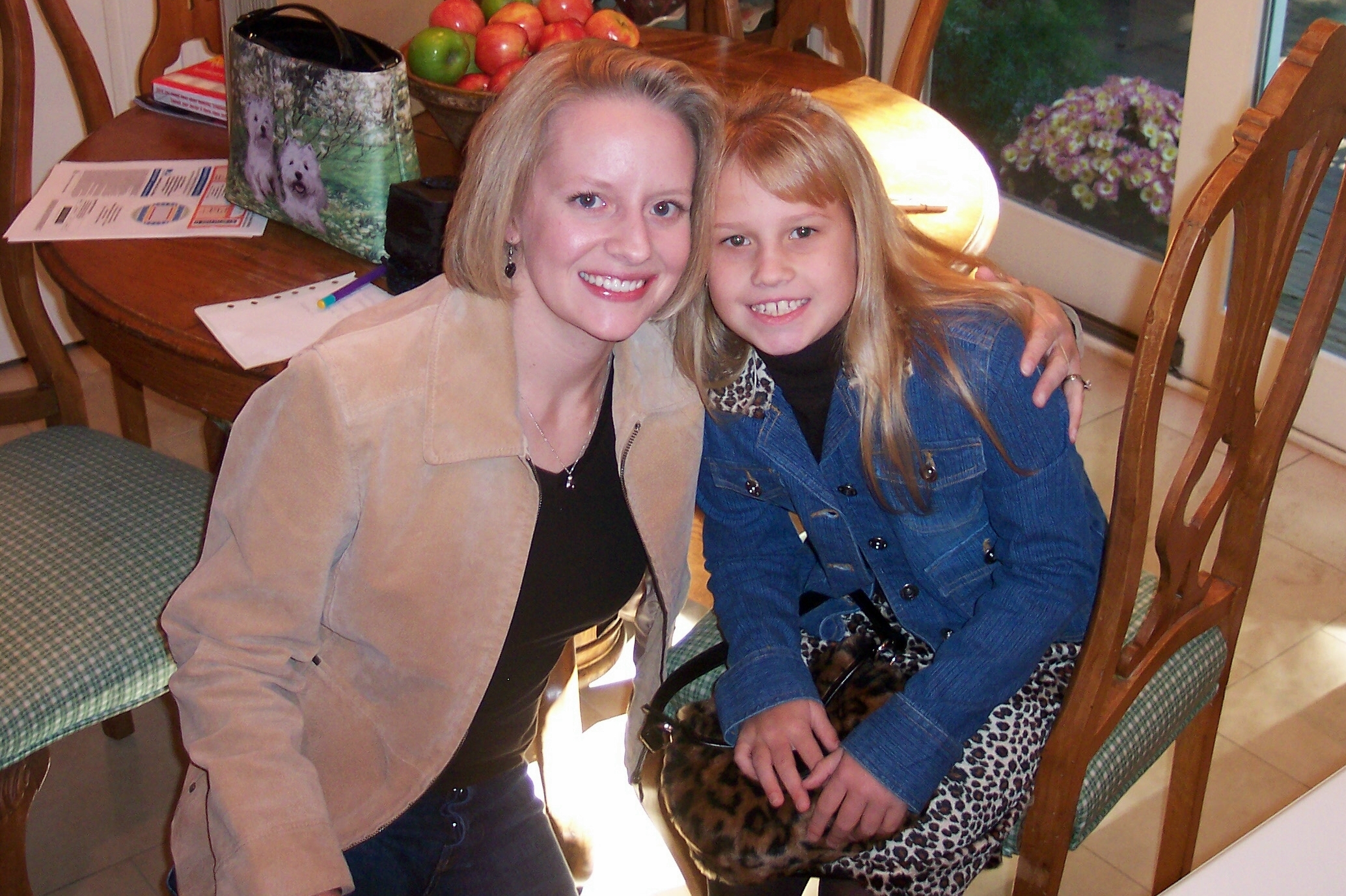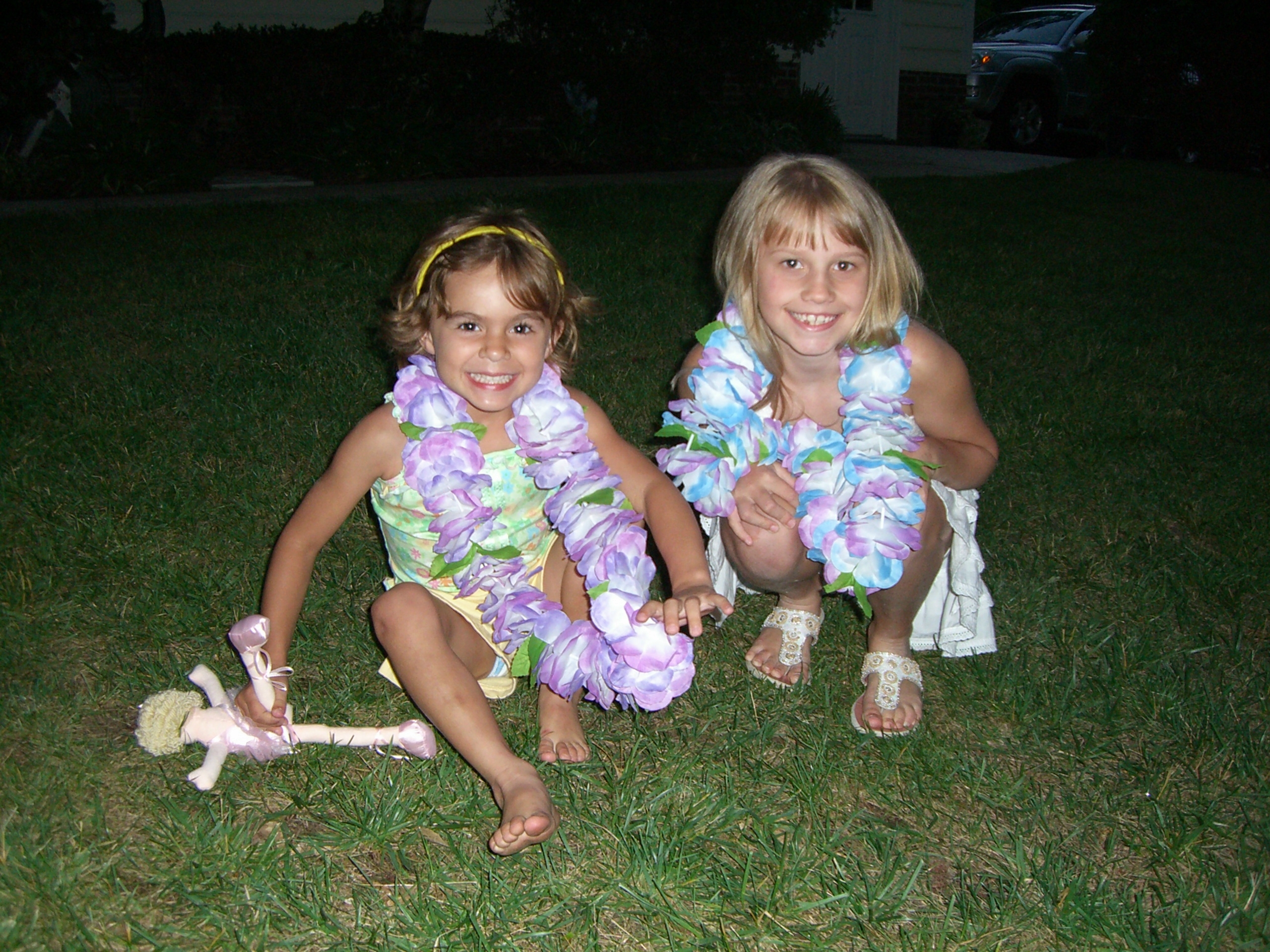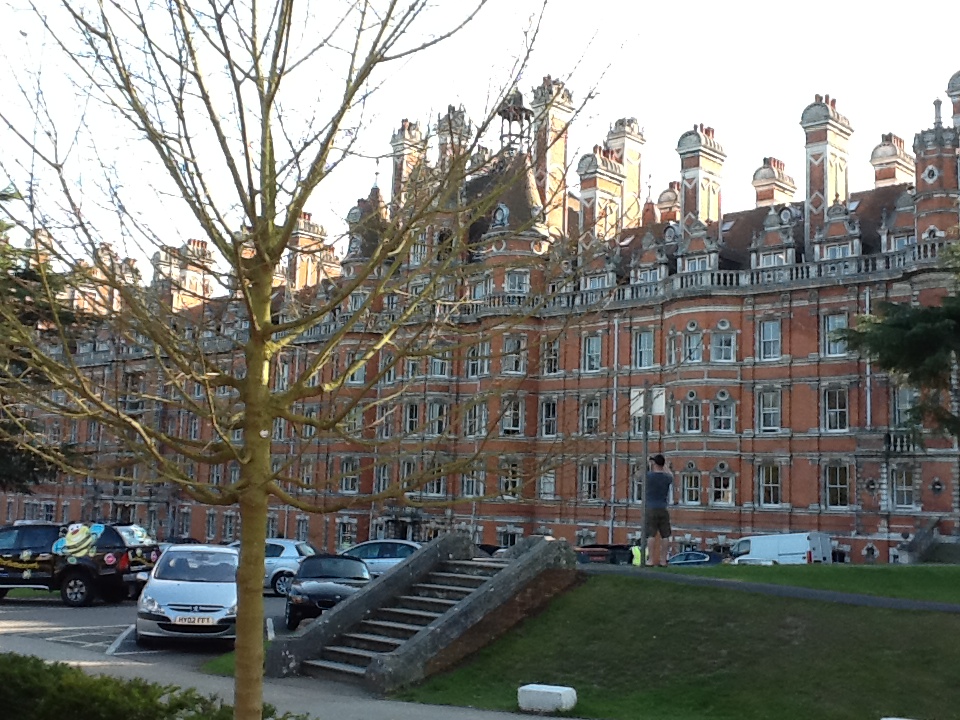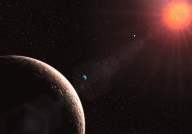Tonight marked the fifth annual meeting of the board of directors of Taylor’s Tale. I slid behind the wheel of my car at 9 p.m. – almost three hours after I pulled into my parking spot and long after a faded sun dipped behind swollen, purple clouds outside the windows in the board room.
Four-plus years have passed since we became a public charity; six-plus years have passed since we declared war on Batten disease. The discussion at tonight’s meeting reflected the incredible progress that has been made since my mom placed a bulk order for copies of The Cure, Geeta Anand’s stunning account of how John Crowley raised $100 million in an effort to save his children from Pompe disease, and distributed them to a small battalion of hand-picked soldiers in a Charlotte living room in the fall of 2006.
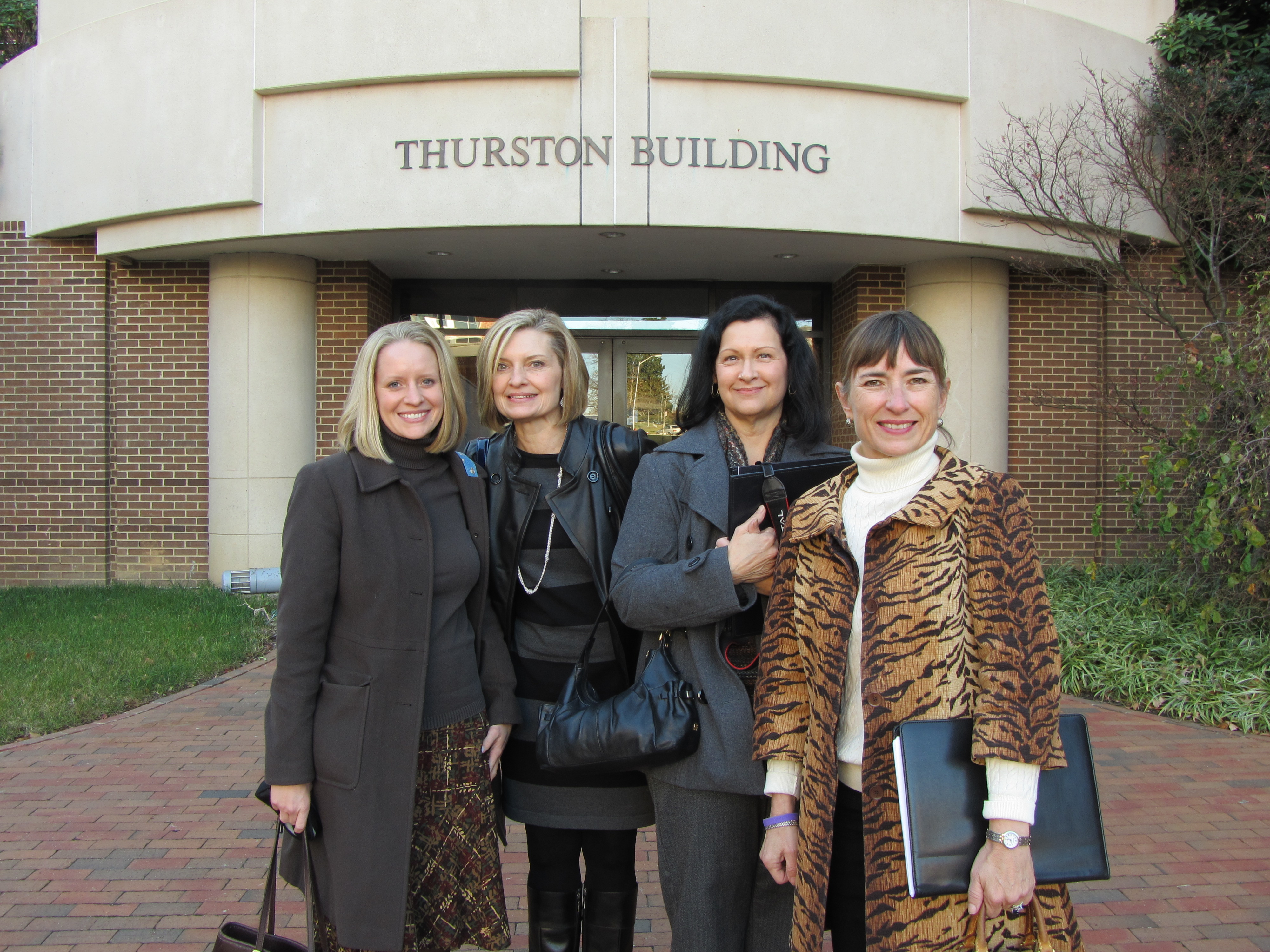 Tonight, my mom sat at the head of a board room table to deliver her updates. Some of the faces around the table were the same; some of them were different.
Tonight, my mom sat at the head of a board room table to deliver her updates. Some of the faces around the table were the same; some of them were different.
One month ago, Mom attended the first Southeast Venture Philanthropy Summit in Chapel Hill. Other attendees included the Michael J. Fox Foundation, the Gates Foundation and sleek biotech companies of all shapes and sizes.
Three days ago, Mom and two other board members toured the University of North Carolina’s Gene Therapy Center Vector Core – the most advanced facility of its kind in the nation. Down the street, one of the nation’s top gene therapy experts, Dr. Steven Gray, is leading a two-year gene therapy study for two forms of Batten disease that is partially funded by Taylor’s Tale. If successful, the work could lead to a human clinical trial in just a few short years. And as much as we want this for Batten disease, it’s much bigger than that. If Dr. Gray gets this to work, it can treat a lot of people with all types of problems; the principles can be applied to many other diseases – from Parkinson’s disease to ALS (Lou Gehrig’s disease) to Alzheimer’s disease…I could go on. And not only that, but it will be a one-time, low-cost, minimally invasive treatment as opposed to life-long, expensive, potentially invasive treatments that – in many cases – address some of the symptoms but don’t treat the disease.
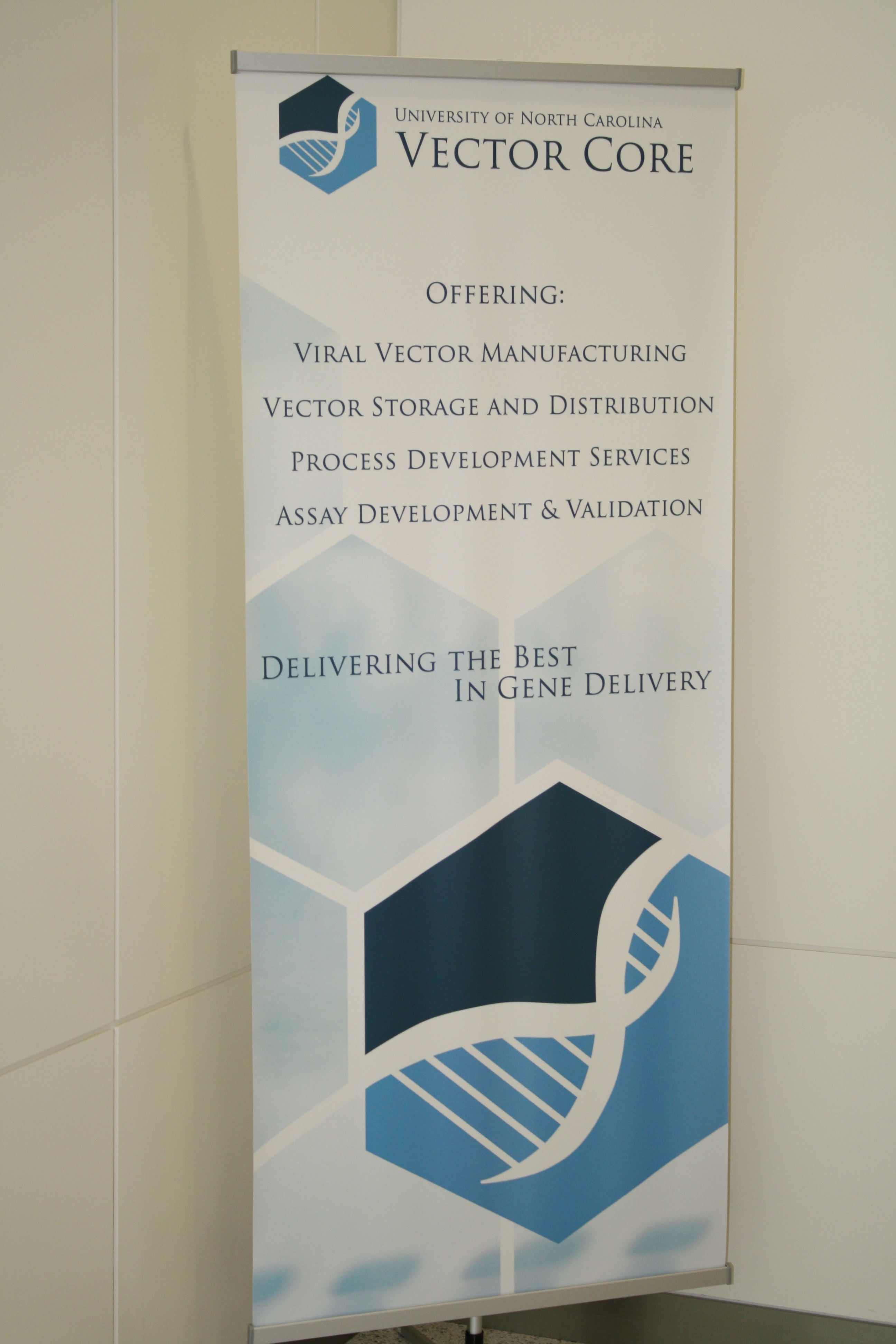 Seven years ago, I was learning the ropes of healthcare marketing and PR, coaching a girls’ soccer team, covering sports for the local paper and planning a wedding. I had a half-finished young adult novel and figured I’d get to it as soon as the honeymoon ended.
Seven years ago, I was learning the ropes of healthcare marketing and PR, coaching a girls’ soccer team, covering sports for the local paper and planning a wedding. I had a half-finished young adult novel and figured I’d get to it as soon as the honeymoon ended.
That all changed when I got the phone call.
Google “neuronal ceroid lipofuscinosis” and skim the search results. That’s how I first learned about our new world – and Taylor’s – on July 24, 2006, sitting at my desk at work, with my sobbing mother on the other end of the phone line.
The geneticist who diagnosed my sister said we shouldn’t bother with hope. My response from day one was “Screw that,” but fighting is easier said than done. It’s never been easy.
We’ve lost so much since that day.
But I’m proud of what we’ve achieved. Mom’s reports at tonight’s Taylor’s Tale board meeting embodied all that our team has accomplished and the astounding impact we stand to have.
Our fight began because of our love for one little girl. In those early days, we saw the love and the laughter and the courage that we so cherished about Taylor embodied in all of the children fighting Batten disease, and we fought for them too.
As we forged on, we learned more about the impact of rare disease: 30 million people in the United States – and 350 million worldwide. We realized that we could be doing more with the incredible scientific innovation we already have. We partnered with or endorsed organizations like the Global Genes Project and the EveryLife Foundation and went to Washington to lobby for all those fighting a rare disease.
And as we learned more and more about the wonders of gene therapy and the incredible people behind it, we realized that we could be part of something bigger than we ever imagined.
The possibilities of the immediate future and these next few years are boundless, and my mind races as I think about the impact we – the little group called Taylor’s Tale that my mom and I and a group of women who don’t like to take “no” for an answer founded in a mishmash circle of couches and ottomans and chairs over pimento cheese and egg salad sandwiches – could have – directly or indirectly – on millions of people.
That’s what drives my mind.
But in my heart, I’ll always be driven by my love for “T.”

